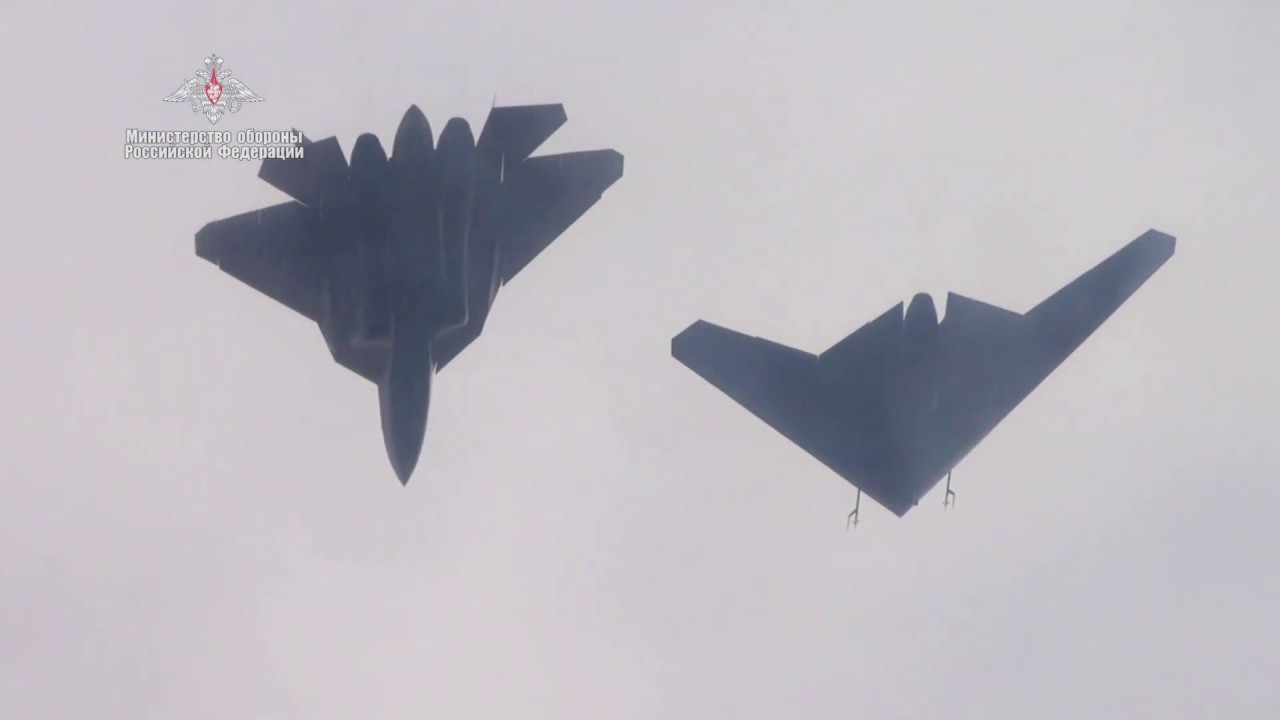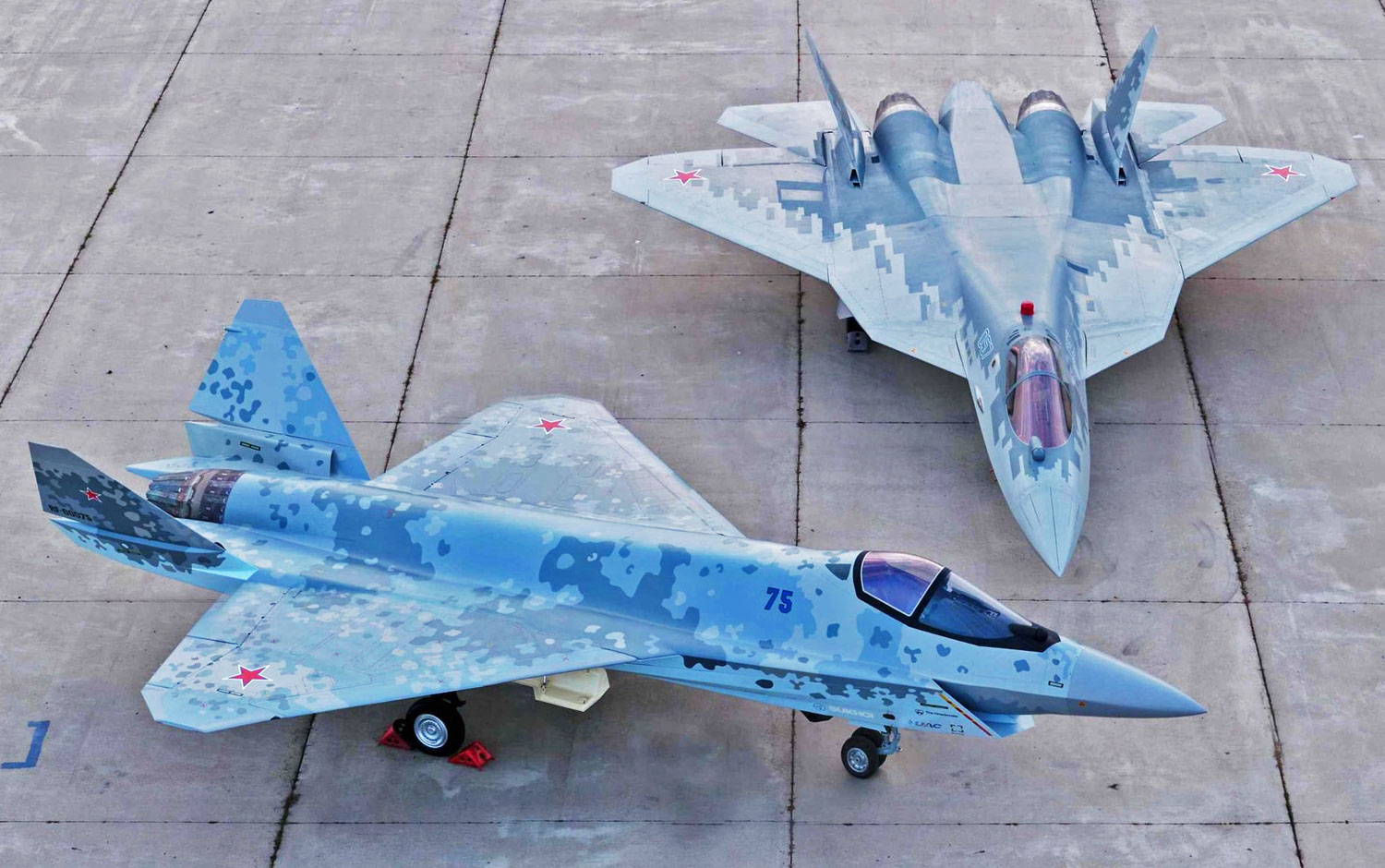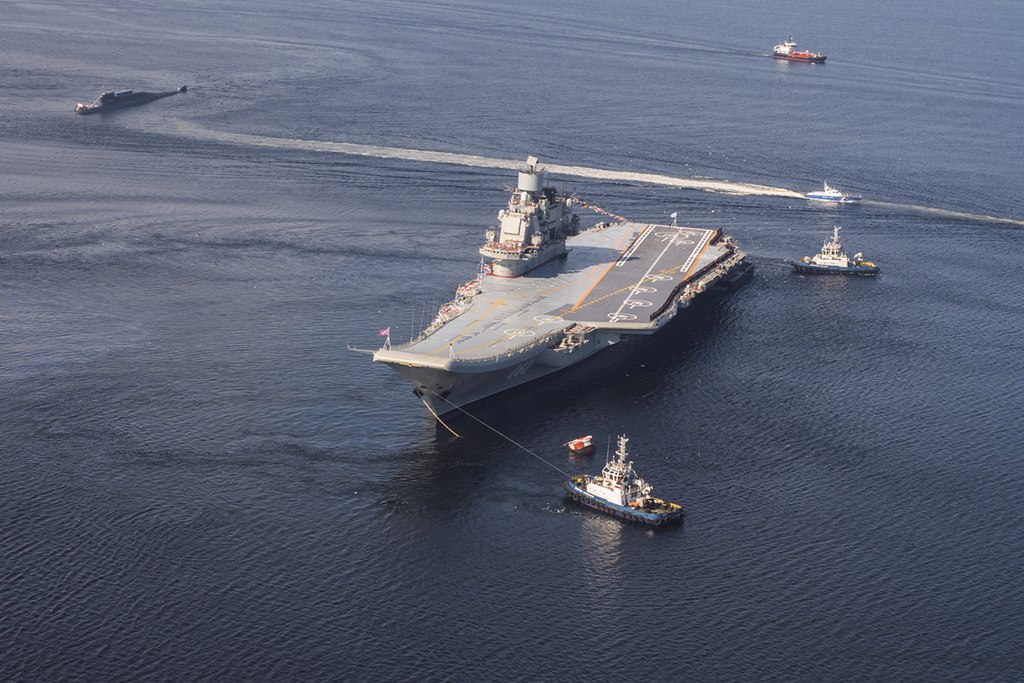Russia’s sixth-generation aircraft will be based on its Su-57 ‘Felon’ fighter and feature a network-centric system associated with drones, space, and ground systems, according to the Russian state-owned TASS news agency.
Yuri Slyusar, the Director General of the United Aircraft Corporation (UAC), part of Russia’s state-owned defense conglomerate, said that the fifth-generation Su-57 fighter is a step toward the sixth-generation aircraft.
“When we talk about the sixth generation, we say that this is no longer a separate aircraft, <…> but this is a whole system of interaction between air, space, earth, drones, manned vehicles,” Slyusar said.
Russia revealed in 2016 that it is working on a new sixth-generation fighter aircraft based on the designs proposed by the country’s Sukhoi design bureau.
The then Commander of the Russian Aerospace Forces, Viktor Bondarev, said that a sixth-generation fighter was being developed in both manned and unmanned versions.
Since then, Russian defense officials have been known to test hardware elements designed for the sixth-generation fighter on the prototype versions of the Su-57, dubbed ‘PAK FA’ (Prospective Airborne Complex of Frontline Aviation) fighters. These included flight and navigation systems, advanced electronic warfare, and radar systems.

According to a senior official from the Concern Radio-Electronic Technologies (KRET, a subsidiary of Rostec State Corporation), which is known to be developing these particular hardware elements, the sixth-generation fighters will be fitted with a unified electronic warfare system, which will serve as radar, an electronic warfare system, a data transmission system and as communications equipment.
It will also function as a navigation system and an Identification Friend or Foe (IFF) transponder.
The Russian approach to the sixth-generation fighter development is similar to the one opted by the US for its Next Generation Air Dominance (NGAD) fighter, which is also intended to be a system of systems that will include unmanned drones, manned jets, and a new generation of networking technologies.
As reported by EurAsian Times earlier, the Pentagon stated that there would be a two-way ‘technology transfer’ between the US Air Force’s fifth-generation F-22 Raptor and the NGAD.
The F-22 will not only be used for the trial of NGAD technologies, but the Raptors will also adopt technologies developed under the NGAD program, perhaps to speed up these capabilities to the frontlines long before the NGAD platform can deploy them so that they can be fine-tuned and de-risked.
Russia Ramps Up Su-57 Development
Meanwhile, Russia continues to enhance its fifth-generation fighter capabilities, such as the new ‘stealth killer’ air-to-air missile for the Su-57 fighter jet that can reportedly destroy stealth targets.

Designed and developed by the Vympel Design Bureau, the new missile is a small-to-medium-range air-to-air missile based on the medium-range R-77 series missiles that form the primary armament of the Su-57.
Currently, the missile is known to be undergoing trials that are expected to be completed before the end of this year. The delivery of the first serial batches of the operational missiles is also scheduled for this year.
Last year, Russia announced plans to arm its stealth fighters with new active-radar homing anti-ship missiles that can be deployed against maritime threats. The fifth-generation fighter will also undergo testing with an improved communications suit in the fall of this year.
Furthermore, a carrier-capable version of the Su-57 is also being developed for the Russian Navy, whose sole aircraft carrier, Admiral Kuznetsov, has been undergoing a refit since 2015 and is expected to rejoin the fleet in 2024.

That said, Russia has a minimal number of Su-57s in its arsenal. As of July, the Russian Air Force (VKS) was known to have only around five operational Felons in its fleet. In mid-August, Slyusar announced that the UAC had built four new serial-production Su-57s, but it remains unknown whether they have been delivered to the VKS.
By the end of 2024, the VKS plans to acquire 22 Su-57 fighters and, by 2028, add another 54 jets.
Russia is also taking measures to expand the production of the fifth-generation fighters, with new facilities opened at the Komsomolsk-on-Amur Aviation Plant (KnAAZ) in the Russian Far East in August.
Handsome #Sukhoi Su-57 at the KNAAZ production site.
Photo: Rostec #Russia pic.twitter.com/gvXnzq1WZn— Su-57 5th Gen Fighter (@5thSu) September 7, 2022
The expansion of production will reportedly allow 12-14 units to be produced per year.
Also, the Felon will receive the next generation Saturn ‘Izdeliye 30’ engine, which will be more potent than the Saturn AL-41FM1 that powers the current units of the aircraft.
Reports suggest the AL-41FM1 does not precisely meet a fifth-generation aircraft’s thrust-to-weight ratio and fuel efficiency requirements. The engine provides 14,500 kilograms of thrust and weighs about 1,450 kilograms.
The next-generation ‘Izdeliye 30’ engine will reportedly provide two more tons of thrust and is expected to be incorporated into the Su-57 before 2025.
In June, the Deputy Prime Minister of Russia, Yuri Borisov, said that the Su-57 had been used in the ongoing Ukraine war. His claims came shortly after the Russian state-owned media, Ria Novosti, reported that four Su-57 fighter jets operating in a network identified and destroyed Ukrainian air defense systems.
These claims so far remain unverified, but a video surfaced on the internet in March allegedly showing a Su-57 fighter jet flying over the Zhytomyr region of Ukraine. There were speculations at the time that Russia’s Southern Military District had deployed the jet.
- Contact the author at tanmaykadam700@gmail.com
- Follow EurAsian Times on Google News




